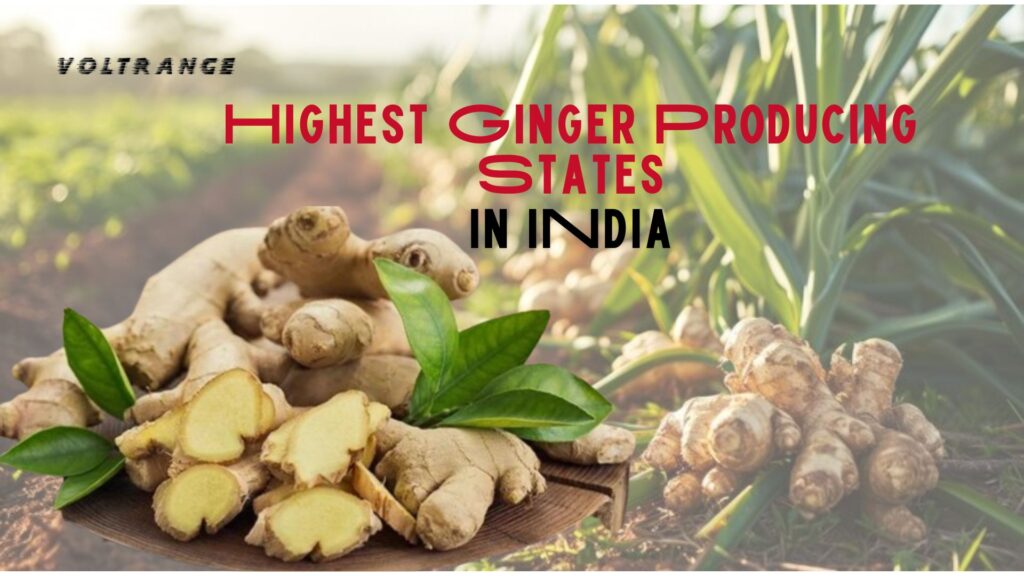
Highest Ginger Producing States in India
If you live in India, you’re probably well aware of how essential ginger is in daily life. From the morning cup of chai to flavorful curries, and even in traditional remedies, ginger plays a crucial role. But have you ever wondered where all this ginger comes from? There are specific states in India that have the ideal climate and soil conditions for ginger cultivation, making them the country’s leading producers. In this post, we’ll take a look at the top 5 largest ginger-producing states in India as of 2024.
1. Madhya Pradesh – 692,110 tonnes
Madhya Pradesh is at the forefront of ginger production in India, delivering an impressive 692,110 tonnes annually. This state supplies both domestic and international markets with ginger in fresh and dried forms. Despite fluctuating market prices, Madhya Pradesh has managed to increase its ginger output. The state’s rich, fertile soil plays a vital role in this success. Although some regions have seen a slight dip in production, the overall yield remains high.
2. Karnataka – 306,340 tonnes
Karnataka follows closely behind, producing 306,340 tonnes of ginger. The Malenadu region, stretching from Uttara Kannada to Shimoga, is particularly well-suited for ginger farming due to its favorable weather and soil conditions. Farmers here, along with those from neighboring Kerala, have capitalized on the rising market prices. However, the intensive farming practices have led to environmental concerns, such as soil degradation and pollution caused by excessive chemical use.
3. Assam – 170,730 tonnes
Assam has made notable progress in ginger production, reaching 170,730 tonnes this year. The state focuses heavily on organic ginger, which is grown without harmful chemicals, making it both healthier and environmentally friendly. The government of Assam actively supports organic farming through initiatives like the Mission Organic Value Chain Development for the North Eastern Region. This program links farmers to larger markets, both within India and internationally, including countries like Dubai.
4. Maharashtra – 164,230 tonnes
Maharashtra’s ginger production has surged to 164,230 tonnes in 2024, a significant increase from previous years. In the past, low market prices had led farmers to switch to other crops. However, with prices now reaching up to Rs 15,000 per quintal, farmers are more motivated to cultivate ginger. Still, the fluctuating prices underscore the unpredictability of farming, where market demand and crop size have a huge impact on profitability.
5. West Bengal – 135,070 tonnes
West Bengal continues to increase its ginger production, reaching 135,070 tonnes this year. The state’s diverse climate zones allow farmers to combine ginger cultivation with other agricultural activities, boosting overall productivity. The West Bengal government plays a key role in supporting farmers by providing seeds, fertilizers, and training. These efforts have helped stabilize and grow the state’s ginger production, solidifying West Bengal’s position as one of the leading ginger producers in India.
Conclusion
Ginger is more than just a spice in India; it’s a key agricultural product with significant economic impact. The states mentioned above have harnessed their natural resources and government support to become the top producers of ginger in the country. As of 2024, Madhya Pradesh, Karnataka, Assam, Maharashtra, and West Bengal are leading the way in ensuring a steady supply of this essential ingredient both for local consumption and international export.





More Stories
which of the following statements is true about education and lifetime earnings? Complete Guide Here
Statekaidz.com: Education with Fun For Kids 2025
Top 5 Richest States in India by GDP